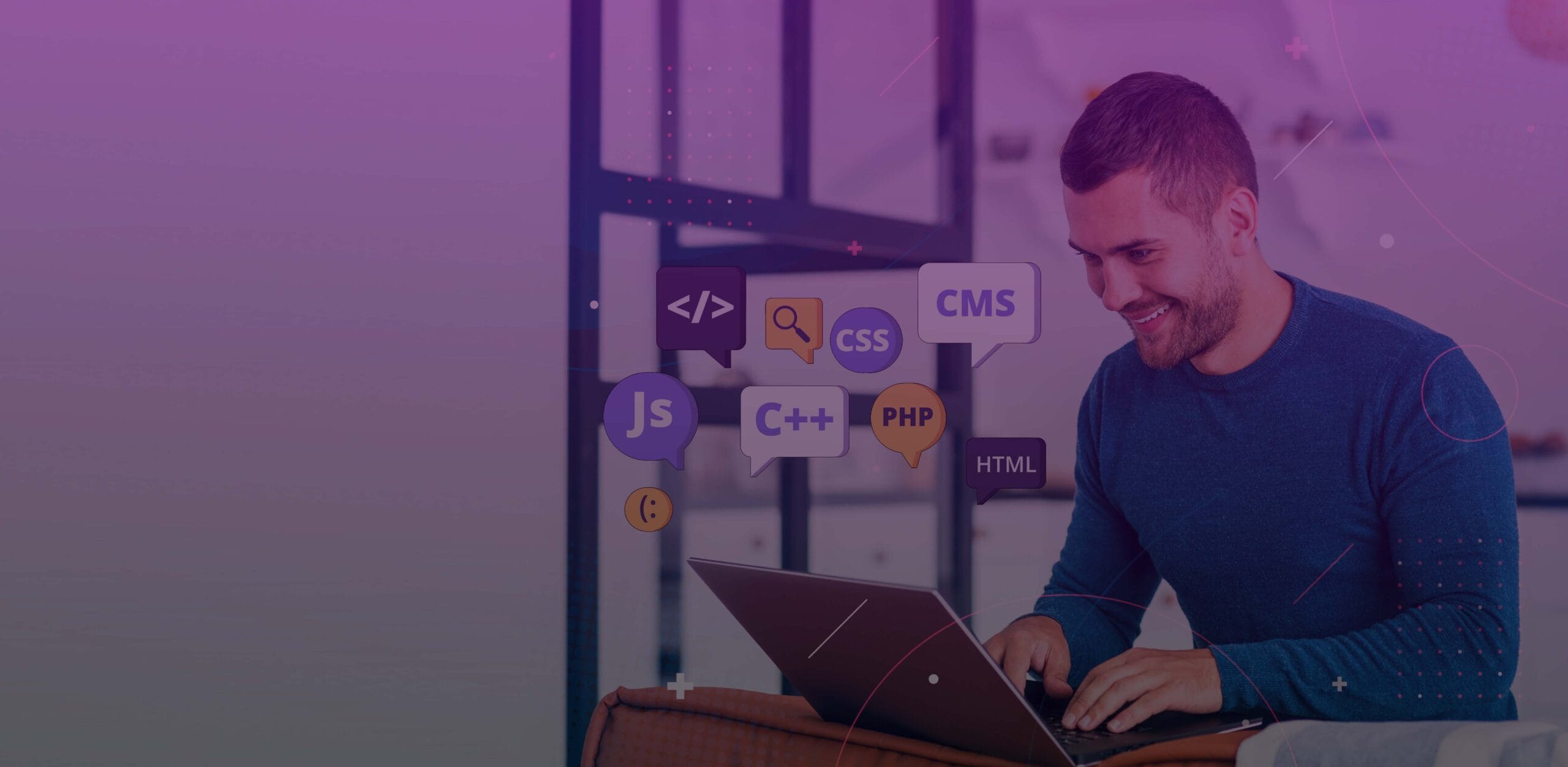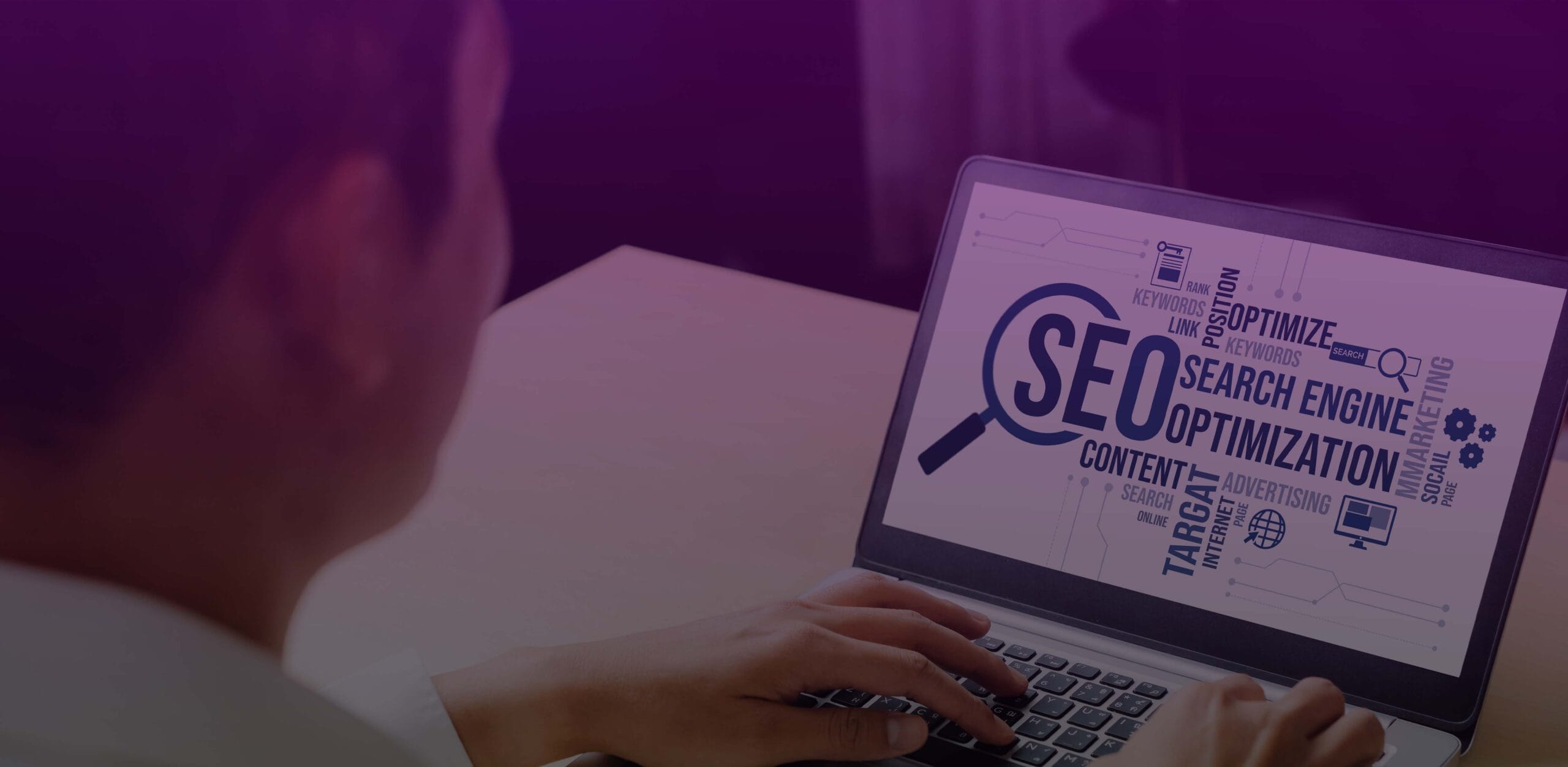If you’ve ever dabbled in online advertising, you’ve likely heard the term “CPC” thrown around. But what is CPC exactly? And why does it matter so much in digital marketing? Whether you’re running ads on Google, Meta, LinkedIn, or YouTube, CPC (Cost Per Click) is one of the most important metrics to track if you want your campaigns to succeed without burning a hole in your budget.
Let’s break it down in this guide—from the CPC formula to CPC calculation and how to lower your ad costs while improving your results.
What Is the Cost Per Click (CPC)?
Simple Definition of CPC
CPC stands for Cost Per Click. It’s a pricing model where advertisers pay a specific amount each time someone clicks on their ad. You’re not paying for views, impressions, or reach—you’re only paying when someone takes an actual action.
This model is popular in PPC (Pay-Per-Click) advertising, and it’s commonly used in platforms like:
- Google Ads (Search & Display Network)
- Meta Ads (Facebook & Instagram)
- LinkedIn Ads
- Pinterest and X (Twitter) Ads
Why CPC Matters in Online Advertising?
In a world where attention is a digital currency, CPC helps advertisers measure the actual cost of engagement. It directly affects:
- How far your ad budget goes
- Your ability to scale campaigns
- How efficient your marketing funnel is
If you want to know what a good CPC looks like, it depends on your industry, audience, and offer. But the lower your CPC with high conversions—the better your ROI.
Additionally, CPC gives advertisers an edge in testing headlines, keywords, and demographics without overspending. That’s why understanding what CPC is in marketing is essential for long-term advertising success.
Understanding How CPC Works
Where CPC Is Used (Google Ads, Meta Ads, etc.)?
CPC is used across various platforms, such as:
- Google Ads (both Search and Display networks)
- Facebook and Instagram Ads (Meta Ads)
- LinkedIn Ads (popular for B2B campaigns)
- Twitter/X, Pinterest, YouTube, and more
Each platform uses its own bidding algorithms to determine the amount you pay per click, but the basic principle remains the same—you pay for actual engagement.
The Pay-Per-Click (PPC) Model Explained
PPC is a digital advertising model where advertisers pay each time users click on their online ad. These ads can appear on search engines, websites, or social platforms.
PPC is different from other models, where you pay for impressions (views) or results (conversions). It is action-based: no clicks = no cost.
CPC vs CPM vs CPA
| Metric | Stands For | You Pay For |
| CPC | Cost Per Click | When someone clicks |
| CPM | Cost Per Mille | Per 1,000 impressions |
| CPA | Cost Per Action | When someone converts |
Use CPC when your goal is traffic, CPM for brand exposure, or CPA for ROI from conversions.
How to Calculate CPC?
The CPC Formula
CPC = Total Cost of Campaign / Number of Clicks
If you spend $150 and get 100 clicks, your cost per click = $1.50
Understanding the CPC formula is key for advertisers to manage budgets and measure ad efficiency.
Real Example of CPC Calculation
Let’s say you’re promoting a product on Meta Ads:
- Total Spend: $500
- Total Clicks: 200
- CPC: $500 / 200 = $2.50 per click
This CPC calculation helps determine how much bringing each visitor to your site costs.
Average CPC by Industry
Industry Average CPC
Legal $6–$9
Insurance $4–$7
E-commerce $1–$3
Real Estate $2–$4
Health & Beauty $1–$2
Knowing your industry benchmarks helps you assess whether you have a good CPC or need optimization.
Why CPC Is Important for Marketers?
Budget Management and ROI
Marketers who understand CPC can better control how their advertising dollars are spent. Rather than unthinkingly spending on impressions or reach, you’re paying only for real actions—clicks. This allows you to measure and refine your campaigns based on performance.
Your CPC is $1.50, and your average customer spends $50 after clicking. If your conversion rate is even 5%, you’re turning every $1.50 into $2.50 profit. That’s how precise CPC metrics fuel more substantial ROI.
Helps Evaluate Ad Performance
A high CPC might be a red flag. It could signal irrelevant ad copy, weak targeting, or poor user experience on the landing page. By tracking CPC trends over time, marketers can identify and fix leaks in the funnel—whether it’s changing the offer, improving ad visuals, or rewriting CTAs.
Strategic Keyword Bidding
CPC data gives insight into which keywords are cost-effective and which are draining your budget. A $0.80 keyword with 10% conversions is worth far more than a $5 keyword with 0.5% conversion. Savvy advertisers analyze CPC vs conversion performance to adjust bidding strategies and eliminate waste.
Understanding a good CPC—about your profit margins—is one of the most crucial tasks for marketers running paid ads.
How to Lower Your CPC?
Improve Ad Quality and Relevance
Google and Meta reward high-quality, relevant ads with better positions and lower costs. You can:
- Write clear, engaging headlines
- Include keywords in your ad copy
- Match ad content to the landing page
Higher Quality Score = lower CPC.
Refine Keyword Targeting
Avoid broad-match keywords that attract untargeted clicks. Instead, use:
- Long-tail keywords
- Phrase match or exact match settings
- Geo-targeting to focus on high-converting locations
Targeted traffic leads to more conversions, which lowers your effective CPC over time.
Use Negative Keywords
Adding negative keywords tells ad platforms what NOT to show your ad for. If you sell premium software, exclude words like “free,” “cheap,” or unrelated categories like “course.” This avoids paying for irrelevant clicks.
Optimize Landing Pages
If users click and immediately bounce, platforms view that negatively. You want:
- Fast-loading mobile-responsive pages
- Clear CTAs and benefit-driven content
- Forms and checkouts optimized for conversions
Better landing pages improve conversion rate, reducing wasted spending and ultimately lowering your cost per click.
Tools to Track and Optimize CPC
Google Ads Dashboard
If you’re running search or display ads, Google Ads offers a robust dashboard to monitor and optimize CPC. You can:
- Track keyword-level CPC performance
- Adjust bids manually or via Smart Bidding
- Review Quality Score metrics
- Set target CPC or CPA goals
Understanding your Google Ads metrics allows you to control costs while still gaining conversion-worthy traffic. The platform even lets you simulate bid adjustments before committing.
SEMrush, Ahrefs, and Ubersuggest
These SEO and marketing tools provide:
- Estimated CPC values for keywords
- Keyword competition analysis
- Suggestions for low-cost, high-potential keywords
You can plan entire PPC strategies around the CPC formula by comparing potential ad cost vs estimated conversion value. These tools help marketers answer the question, “What is a good CPC for my niche?” before launching a campaign.
Meta Ads Manager and Analytics
Facebook and Instagram campaigns run through Meta Ads Manager, where you can:
- Monitor cost per result and cost per click
- Break down CPC by demographic, device, or ad placement
- Compare CPC across campaigns and ad sets
Meta also offers breakdowns by audience type, enabling better optimization based on real-time performance data. Want to lower CPC? Test different creatives, audiences, or delivery times based on Meta’s insights.
Together, these tools give advertisers the power to make smart decisions about keyword targeting, bid levels, and creative performance, helping to keep their CPC in check.
CPC in Different Advertising Channels
Google Search and Display Networks
Google Search Ads typically have a higher CPC because they capture high-intent users—people actively searching for solutions. If you’re targeting keywords like “best CRM for startups,” you might see a $2–$10 CPC depending on competition.
Display Ads, on the other hand, appear across websites and apps. They have lower CPCs but also lower intent. They’re better for brand awareness or retargeting. If your goal is pure traffic at a lower cost, display networks can often deliver volume with CPC under $1.
Social Media Ads (Facebook, Instagram, LinkedIn)
Meta Ads (Facebook & Instagram) use interest and behaviour-based targeting. Depending on your niche and audience size, you might pay anywhere from $0.50 to $3 per click. For example:
- E-commerce fashion: $0.70–$1.20 CPC
- B2B SaaS: $1.50–$2.80 CPC
LinkedIn Ads often have higher CPCs (average $5–$7) because they target professionals, business owners, and decision-makers. However, the leads are more qualified, so your return on investment can still be strong.
Bing Ads and Other Networks
Bing Ads (Microsoft Ads) are often overlooked but provide lower competition and often cheaper CPCs. This is especially effective in industries with older demographics. For example:
- Home services: $0.90–$1.50 CPC
- Finance: $1.20–$2.50 CPC
Other networks like Pinterest and Twitter offer varying CPCs based on audience behaviour, engagement style, and competition. The key is to match your message and budget to the right platform.
Each advertising channel behaves differently, so knowing how CPC calculation works across them helps advertisers choose the right mix.
CPC vs Other Pricing Models
CPC vs CPM: When to Choose What?
CPC (Cost Per Click) is ideal when your goal is action—getting users to click and visit your website or landing page. You only pay when the user engages.
CPM (Cost Per Mille) is better suited for brand awareness. You pay for every 1,000 impressions, regardless of clicks. This is great if you want to flood the market with a message or visual ad.
| Model | Best For | You Pay For | Typical Use Case |
| CPC | Engagement, Traffic | Each click | Driving traffic to a product |
| CPM | Brand Awareness | Per 1,000 impressions | New product launches, promotions |
CPM may be better if you’re launching a new product and want eyeballs. But if conversions and ROI are your goals, CPC wins.
CPC vs CPA: Which One Delivers Better Results?
CPA (Cost Per Acquisition) is a model in which you only pay when a specific action occurs, such as a form submission, sign-up, or purchase.
| Model | Focus | Risk Level | Best Use Case |
| CPC | Clicks & Traffic | Medium | Campaigns needing traffic + remarketing |
| CPA | Conversions | Lower | Campaigns with high-performing funnels |
While CPC gives you more control in the testing phase, CPA is best once your funnel is dialed in and you want predictable ROI. However, CPA campaigns often require more data and higher budgets to perform effectively.
Understanding how CPC compares to these models helps advertisers choose what works best for each campaign objective.
Best Practices for Managing CPC Campaigns
A/B Testing Ads and Creatives
Don’t just guess what will work—test it. A/B testing allows you to compare different versions of your ads (headlines, images, calls-to-action) to find out which generates the lowest CPC and highest click-through rate (CTR).
Tip: Start with one variable at a time to isolate what’s making the difference. A simple tweak, like changing a headline or button color, can significantly reduce your cost per click.
Geo-Targeting and Device Targeting
Use geo-targeting to limit your ads to high-performing locations. For example, if 80% of your conversions come from urban centers, exclude rural areas to avoid waste. Likewise, optimize for device targeting. Mobile users might convert differently than desktop users—so tailor your ads accordingly.
You can also analyze which device type has the highest CPC and adjust bidding based on performance. This helps you stretch your budget while keeping your cost per click in check.
Scheduling and Budget Controls
Running your ads 24/7 might not be necessary. Use ad scheduling to target high-conversion times and pause during low-engagement periods. For example, if your audience mostly clicks between 6 and 9 p.m., concentrate your budget there.
Set daily or lifetime budget caps and monitor them frequently. Rules or automation should also be used in ad platforms like Google or Meta to pause underperforming ads or adjust bids dynamically. These tactics help prevent CPC from spiraling out of control.
Managing your campaigns like this puts you in complete control of your CPC strategy, helping you drive quality traffic at a price that works.
CPC Trends in 2025 and Beyond
AI-Powered Bidding Strategies
As automation becomes smarter, platforms like Google Ads and Meta Ads are heavily pursuing AI-driven bidding strategies. These systems learn from your conversions, adjust bids in real-time, and help you more efficiently meet target CPC or CPA goals.
Smart bidding removes much of the manual guesswork and uses machine learning to evaluate hundreds of signals per auction. This leads to better decision-making on when and where to show your ad, often lowering your CPC while improving the quality of traffic.
Voice Search and CPC
Voice search is exploding, especially among mobile users and smart devices like Alexa and Google Home. Users tend to use more conversational, long-tail queries. Optimizing your PPC campaigns for voice-friendly search terms can uncover lower-competition keywords, ultimately reducing CPC.
Example: Instead of targeting “best coffee beans,” a voice-optimized keyword might be “where can I buy organic coffee beans online.”
This shift pushes marketers to rethink keyword structure and match types—especially for voice commerce and mobile-first campaigns.
Privacy Changes and Impact on Ad Costs
With increasing privacy regulations (GDPR, iOS tracking transparency, cookie deprecation), precise audience targeting is becoming more difficult. As platforms collect less user data, targeting efficiency drops—and CPC can rise.
To combat this, marketers are:
- Building first-party data strategies (email lists, CRM syncing)
- Investing more in creative testing to appeal to broader audiences
- Using AI and contextual signals to guide targeting
The future of CPC will rely on how well businesses adapt to less data and more automation. Those who embrace the changes early will benefit from lower costs and higher engagement in the long run.
CPC Trends in 2025 and Beyond
AI-Powered Bidding Strategies
As automation becomes smarter, platforms like Google Ads and Meta Ads are heavily pursuing AI-driven bidding strategies. These systems learn from your conversions, adjust bids in real-time, and help you more efficiently meet target CPC or CPA goals.
Smart bidding removes much of the manual guesswork and uses machine learning to evaluate hundreds of signals per auction. This leads to better decision-making on when and where to show your ad, often lowering your CPC while improving the quality of traffic.
Voice Search and CPC
Voice search is exploding, especially among mobile users and smart devices like Alexa and Google Home. Users tend to use more conversational, long-tail queries. Optimizing your PPC campaigns for voice-friendly search terms can uncover lower-competition keywords, ultimately reducing CPC.
Example: Instead of targeting “best coffee beans,” a voice-optimized keyword might be “where can I buy organic coffee beans online.”
This shift pushes marketers to rethink keyword structure and match types—especially for voice commerce and mobile-first campaigns.
Privacy Changes and Impact on Ad Costs
With increasing privacy regulations (GDPR, iOS tracking transparency, cookie deprecation), precise audience targeting is becoming more difficult. As platforms collect less user data, targeting efficiency drops—and CPC can rise.
To combat this, marketers are:
- Building first-party data strategies (email lists, CRM syncing)
- Investing more in creative testing to appeal to broader audiences
- Using AI and contextual signals to guide targeting
The future of CPC will rely on how well businesses adapt to less data and more automation. Those who embrace the changes early will benefit from lower costs and higher engagement in the long run.
Conclusion
CPC, or Cost Per Click, isn’t just a buzzword—it’s a performance powerhouse for marketers. Understanding what CPC means, calculating it, and optimizing it gives you the upper hand in building profitable digital campaigns.
Mastering the CPC formula, evaluating a good CPC for your niche, and using the right tools and bidding strategies can help you attract high-quality traffic without overspending. In a competitive ad landscape, controlling your CPC is the key to scaling confidently.
So the next time someone asks you, “What does CPC stand for in marketing?” you’ll know the answer and how to use it to grow your business smartly.
FAQs
What is a reasonable CPC rate?
A good CPC depends on your industry. For example, $1–$2 is considered significant for eCommerce, while legal or financial services may have a good CPC around $5–$7.
Is CPC better than CPM?
CPC is better when you want results and clicks. CPM is ideal for brand awareness. Choose CPC if you’re focused on traffic and conversions.
How can I improve my CPC score?
Boost your Quality Score by refining ad relevance, keyword targeting, and landing page performance. Also, test multiple creatives and use negative keywords to filter unwanted clicks.
Does a higher CPC mean better results?
Not always. Higher CPCS can mean more competitive keywords, but they don’t guarantee quality traffic. Constantly monitor conversion rates to judge real performance.
Can I run ads without paying CPC?
Yes. Alternatives like CPM (cost per 1,000 views) or CPA (cost per acquisition) exist. However, CPC is often the most flexible and beginner-friendly pricing model for online ads.



